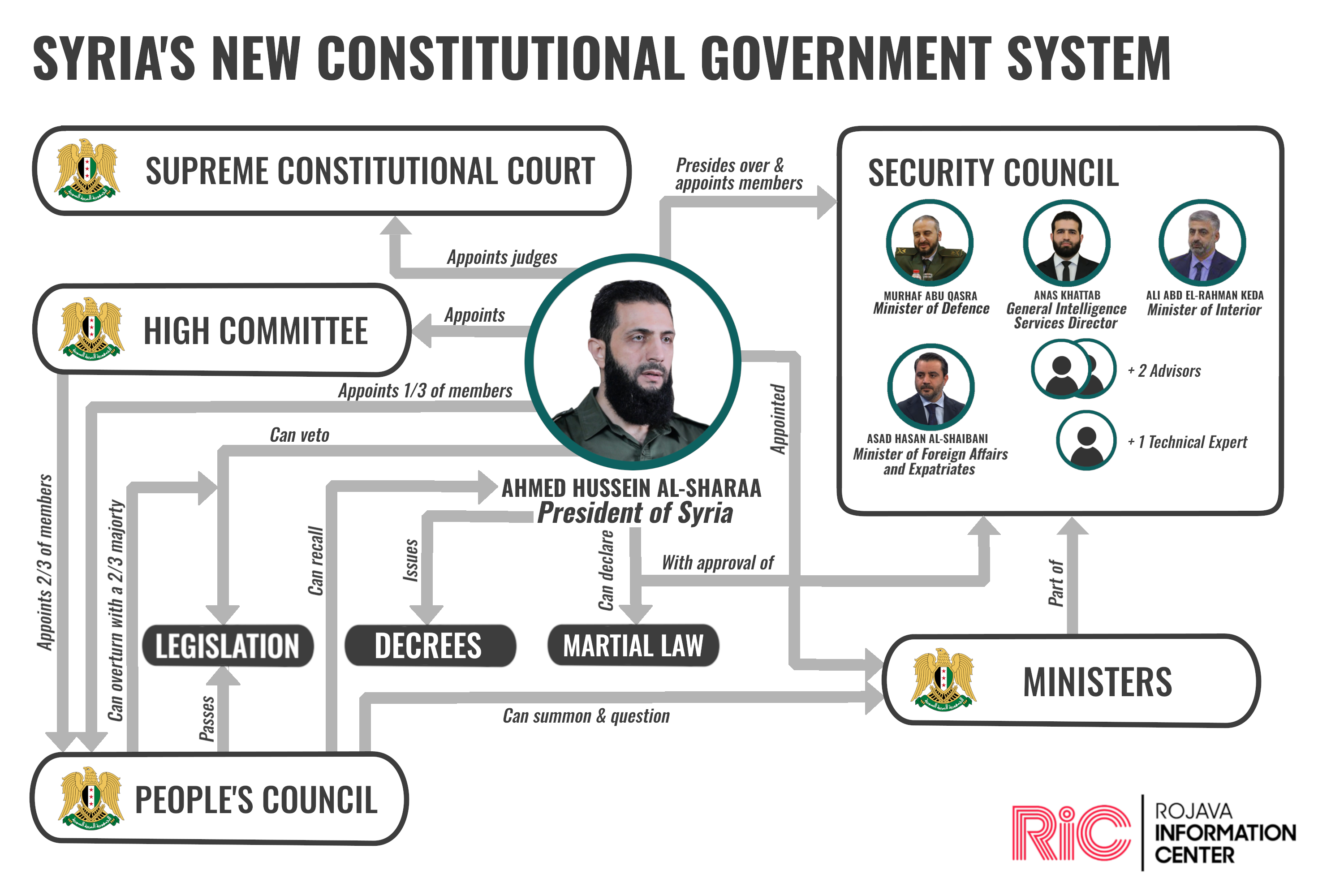From Idlib to Damascus – HTS’ Evolution Into the Syrian Caretaker Government
 Loading...
Loading...
On December 6th, 2024, in the middle of a blisteringly successful offensive, with the fall of Damascus and Assad’s government almost guaranteed, the leader of Hayat Tahrir al-Sham reintroduced himself to the world. Interviewed by CNN’s Jomana Karadsheh, he dropped his nom de guerre, ‘Mohammed al-Jawlani’. In its place, ‘Ahmed al-Sharaa’ entered the limelight. Seemingly in one day, al-Sharaa went from being considered a terrorist, to being courted by all world leaders. The collapse of Assad and the withdrawal of the Iranian and most of the Russian forces from Syria was met with ferment by Western media outlets. The discourse that developed around HTS and al-Sharaa’s evolution played a pivotal role in its international acceptance, despite its overtly jihadist past as Jabhat al-Nusra and al-Sharaa’s recent history in the authoritarian HTS.
Assad’s collapse opened the way for a new chapter in Syria. Many Syrians finally saw prospects for peace and a better future. However, the post-Assad period has so far been marked by the self-appointed president al-Sharaa’s HTS-dominated Caretaker Government concentrating power and state control in its hands. Through four key steps – the establishment of an interim authority loaded with HTS figures, the ‘Victory Conference’, the ‘National Dialogue Conference’, and the publication of the transitional constitution – the so-called transitional stage has been kept under the control of Al-Sharaa and looks set to remain that way. This paves the way for a continuation of HTS’ authoritarian and repressive governance record from Idlib. At the same time, HTS and its Idlib allies have been implicated in crimes of a jihadist Islamist character – a phenomenon observed since its origins as an al-Qaeda offshoot in 2012 up to today.

Understanding the history of HTS and its experiences in Idlib can aid in comprehending the current political landscape in Syria and potential future scenarios. A critical examination of HTS’s rebranding as a democratic entity is also crucial, particularly in light of instances of repressive practices recorded in Idlib being repeated in other parts of the country since the 8th of December, and the Alawite massacre that took place in early March at the hands of SCG forces. This report will firstly outline HTS’ development and evolution across the years of the Syrian Civil War. It will then examine the two major concerns regarding the role that former HTS and SNA leaders and fighters will play in the ‘new Syria’, that have been raised since the beginning of December, and have only amplified in recent days and weeks. First, HTS’ seizure of the state apparatus and exclusion of figures with alternative governance visions from positions of power. Second, the crimes of a jihadist Islamist character committed by forces under the new Syrian Ministry of Defense.

